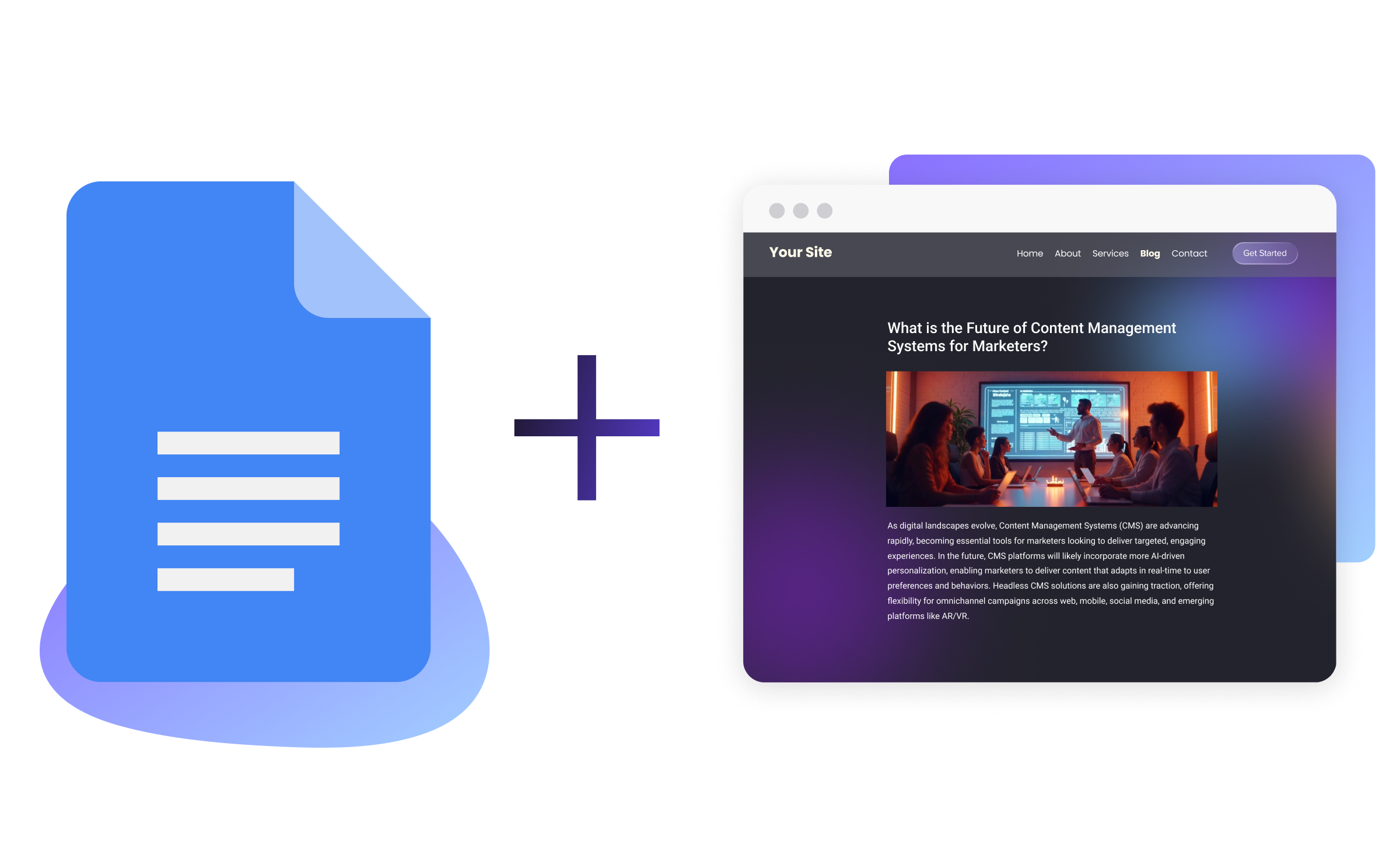Why Marketing Technologies Matter More than Ever in Higher Education
Image

Interested in how the pandemic has ushered in digital disruption within the world of higher education? Dive into this post to learn more.
Who could ever predict that the future of higher education would be defined by digital disruption? Yet, here we find ourselves in a post-pandemic era that’s challenging higher education’s website and marketing efforts.
Case in point, less than 50% of universities recently surveyed are using performance metrics to advance their website and marketing efforts!
It’s well known that colleges and universities have traditionally been slower to move in the marketing space, versus the general business sector, but since the education industry is on the cusp of massive change, marketing technologies matter now more than ever.
Backing this impetus for universities to change, the same study quoted above (more in the following section) shows that 58% of universities are currently focused on modernizing their user experience (UX) in their next side-wide redesign. Despite having a lot of room to improve in their website and marketing efforts, universities are pushing to modernize their UX, which is promising news — seeing how important retaining site visitors with a more engaging experience is, especially compared to the pre-pandemic era.
State of Higher Education Website and Marketing Technology Report
Pantheon's recent webinar that focused on the findings produced in the State of Higher Education Website and Marketing Technology Report featured Jason Douglas (@jasondouglas), Digital Marketing Sales Engineer at Siteimprove, Bob Rafferty (@rrafferty), who's the VP of creative and digital for SimpsonScarborough, and Steve Persch (@stevector), Director of Technical Marketing at Pantheon. This dynamic trifecta dissected the current state of higher education and discussed emerging digital trends that are shaping the sector.
Assembled by SimpsonScarborough, the State of Higher Education Website and Marketing Technology Report fosters awareness of the purpose of the marketing technology (MarTech) stack in higher education, empowers institutions to optimize their unique voice, and can help education leaders identify what a mature higher education marketing organization looks like in real time.
Key Stats From the Study, Presented by Bob Rafferty of SimpsonScarborough
Data collected in the study revealed that most institutions lacked a cohesive website and marketing technology strategy.
Less than 50% of survey respondents have well-defined accessibility standards.
Less than 50% of survey respondents are using performance metrics to advance their website and marketing efforts.
Only 35% of institutions have integrated their CRM with their CMS.
90% of respondents indicated that they use a secondary platform for email marketing outside of their CRM.
The data gleaned from respondents did reveal a shift strategy in some segments and showed that some institutions are modernizing their approach.
84% of respondents are happy with their CMS solution.
72% of respondents have deployed some version of cloud hosting.
44% state their website is part of their institutional strategic plan.
58% are focused on modernizing UX in the next iteration of their redesign.
Four Commonalities in Mature Higher Education MarTech
Bob Rafferty also led the audience through the four commonalities that make up a mature MarTech model.
Measurement: Established Key Performance Indicators (KPI) and well-architected metrics.
Iteration: A comprehensive approach to maintaining and enhancing websites that includes benchmarking, A/B testing, Search Engine Optimization (SEO), analytics, design, development, content strategy, and much more.
Integration: Combining website analytics with CRM analytics.
Report Into Central Marketing Communications (MarCom): Institutions that report into central MarCom versus IT are two times more likely to have established KPIs for their website, are two times more likely to combine their website analytics with CRM analytics, and they're more likely to utilize tools for UX and SEO.
These four commonalities serve as a springboard for institutions that are looking for a roadmap and can help to build a vision around what the way forward looks like in a tangible way.
Q&A
SimpsonScarborough's Director of Marketing, Malachi Koop (@malachikoop) moderated the discussion around survey findings available in the report. Topics covered in the question and answer portion of the webinar include:
The state of CMS: Nearly half of all respondents reported that they are not using open source CMS. Steve Persch mentioned that Drupal and WordPress' open nature creates a lot more opportunities for reuse and helps to cultivate connections that are beneficial to any organization that needs a website.
28% of institutions are still self-hosting their websites on-premises. Another 33% are self-hosting in the cloud: What's surprising about this data is just how many institutions are still confined to maintaining on-site server environments.
Less than half of all respondents are reporting that their website is part of their institution's strategic plan: There's still a fair percentage of institutions out there that do not report into the executive level.
Reporting Frequency: Monthly reporting is recommended for institutions, and 31% reported that they compile analytics monthly. 22% reported that they produce reports rarely.
KPIs: It’s natural to expect enrollment to be the number one reason that institutions are measuring, but the survey brought to light that higher education organizations are often trying to be everything for everyone. And this can cause issues that impact audience engagement and retention.
Conclusion
Some of the biggest obstacles higher education marketers experience is a lack of financial resources and the human capital needed to efficiently leverage their institution's most precious digital asset – their website. The purpose of the study was to not only shed light on some of the gaps in the higher education MarTech space but to also provide the insight and instruction necessary to help the industry compete in the post-pandemic era.
Digital disruption has accelerated due to the pandemic, and the higher education sector must utilize reliable digital-first methods now more than ever to capture their target audience. This study not only provides relevant data that can be used for decision making, it also serves as a guidepost for higher education institutions to use for increasing their digital potency.
You can listen, learn, and gain insight into the dawning MarTech issues that are impacting higher education and so much more by watching the on-demand version of this webinar. The full State of Higher Education Website and Marketing Technology Report has been made available to the public and make sure to contact us to learn more about how Pantheon creates seamless WebOps experiences for every organization.


